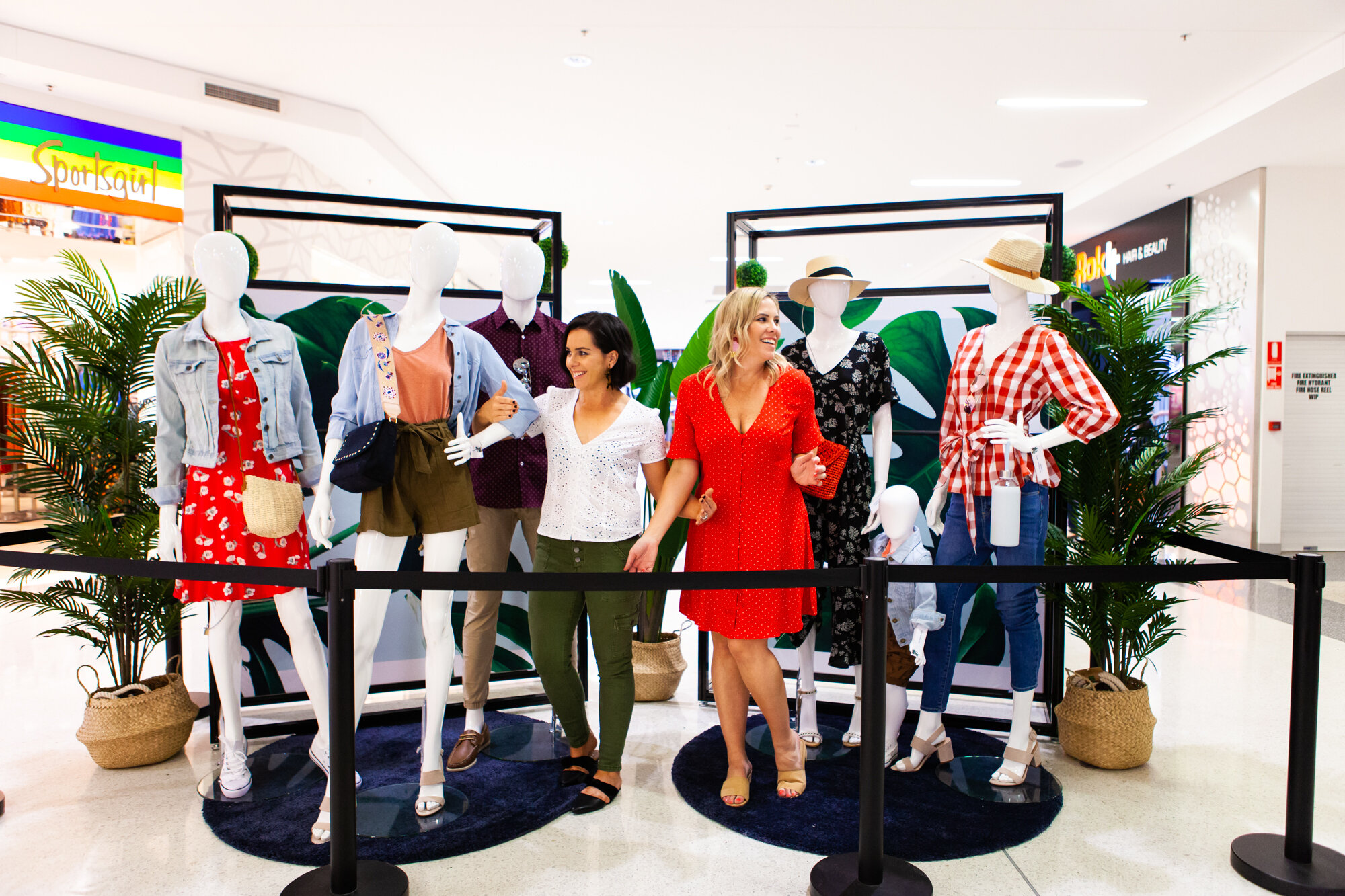The New Marketing Assets: 2020 Edition
From big data to micro influencers, the ever-changing landscape of the marketing industry is producing some interesting new trends to explore, adopt and adapt to suit our clients and campaigns.
Big Data = Big Business
Almost all businesses are well acquainted with Google Analytics and rely on it heavily to understand their market. However the market is changing and the way people consume and discover products is also changing. The online world is ever expanding in new and wonderful directions, which changes what kind of data businesses need to analyse to understand their market. One of the smartest trends any business can add to their marketing strategy for 2020 and beyond is Insights Driven Marketing.
So, what is it exactly? To put simply, it is marketing strategies developed by using insights collected from big data and through consumer interactions. We can now see where potential customers click, what content drew customers in and where they lost interest – these are all consumer interactions. This new in-depth information can help businesses predict consumers’ future behaviour and also gives businesses the power to understand what content does and doesn’t work to bring in new customers.
When businesses who use customer analytics are 23 times more likely to out-perform their competitors, it’s easy to see why this is one of the most buzzed about marketing terms in 2020.
The Maximum Potential of Micro Influencers
For the year 2020, the world of influencers continues to grow with commercialisation now common and categorisation by follower demographic intrinsic to success. Additionally, micro Influencers have proved to be a useful and important trend in involve in any marketing strategy. Micro Influencers are people who have from 10 000-50,000 dedicated followers, who unwaveringly trust and follow through with purchase recommendations from the Influencer. By investing in Micro Influencers, rather than one Influencer with a large following, marketers have the ability to reach a more specific audience, with less cost and less risk. Micro Influencers also have the unique ability to create a certain level of credibility for a brand, because they are trusted wholeheartedly by their followers and trust recommendations.
Perks of Augmented Reality and Virtual Reality
It seems like virtual reality goggles are here to stay and with it are endless opportunities to expose businesses and products. Since its release in 2016, Pokemon Go took the world by storm. Within a few months of its release it captivated 650 million people. Exciting, odd and engaging are just a few ways to describe this new technology. For marketers, the best word to describe AR and VR is opportunistic. Specific industries are really taking this technology and running with it such as the retail sector and FMCG – with recent examples including Precision Group’s Adelaide Central Plaza running a snap and win competition on social media and Kellogg’s Coco Pops AR campaign that creates an interactive jungle to explore while eating breakfast. The interactive nature of AR and VR has had no trouble captivating millions of people. While it is still relatively new territory, its ability to immerse people in different scenarios is a perfect marketing opportunity.
New Platforms
Social Media Marketing is important for businesses and brands to stay relevant and reach new audiences. Much like from Google Analytics to Consumer Insights Driven Marketing, social media is evolving rapidly. It’s important to keep an eye on up and coming, or already booming platforms such as TikTok. While the concept of 15 second clips to music and dancing might seem silly, since its initial release in 2016 the playful app has been downloaded 1.5 billion times from Google Play and Apple App Store.
In 2019 alone, it overtook other platforms such as Instagram, Facebook and YouTube with 33 million downloads. While marketers weren’t fussed over utilising TikTok in the past, the year of 2020 is a different story. The way people are consuming social media, particularly Gen Z, is changing from watching what others are doing to doing things as a community. This is exactly what TikTok excels in, inviting its users to dance, mime and perform skits for each other. With Nike, Pepsi and several A-list celebrities jumping on the bandwagon, its clear big brands are catching wind that the inclusion of TikTok to social strategy is crucial to engage younger generations.






